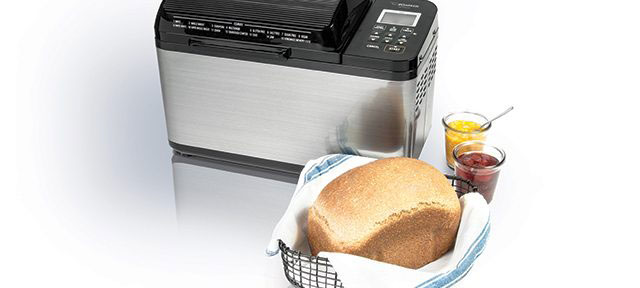Month: December 2019

Foreign Foods in Japan – Baumkuchen!
Read more: Foreign Foods in Japan – Baumkuchen!We’re ending our year of Foreign Foods in Japan on a sweet note, with a…

Product Inspirations –
Home Bakery Virtuoso® Plus Breadmaker (BB-PDC20) – December 2019Read more: Product Inspirations –It is the perfect season for baking, and we’d like to share our flagship breadmaker,…
Home Bakery Virtuoso® Plus Breadmaker (BB-PDC20) – December 2019
Design Explained –
Clean, Clean, Clean!Read more: Design Explained –We don’t like mold. We don’t like burnt-on grease. We don’t like calcium buildup. What…
Clean, Clean, Clean!
Bert-san’s Take—Zojirushi Toaster Oven
Read more: Bert-san’s Take—Zojirushi Toaster OvenWhat can you do in a Toaster Oven? I thought about avocado toast, but that…


